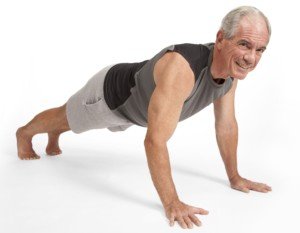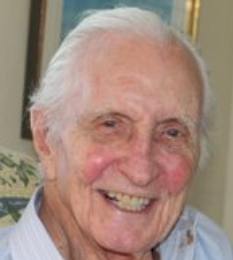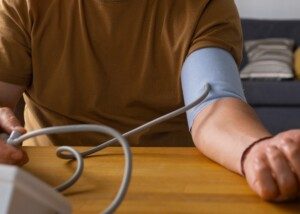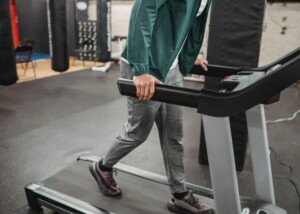
Nobody likes to be told they need drugs for high blood pressure.
But at some point, intervention with prescribed drugs will be advised by one’s physician if the blood pressure reaches a certain point – but what point?
“Systolic blood pressure of 140 millimeters of mercury or greater in normal adults usually requires medications to maintain the systolic pressure at a level of about 130 millimeters of mercury,” says William Manger, MD, PhD, founder of the National Hypertension Association, professor emeritus at the New York School of Medicine, and author of the book, “Live Longer, Live Better: Avoid the Risks.”
In other words, if the so-called top number is 140, your doctor may recommend a prescription for a medication that lowers blood pressure.
Though 140 is the cutoff point for when blood pressure is considered high, don’t let the concept of “cutoff” trick you into thinking that this isn’t anything to mind.
If you don’t get that 140 into the 130s (and ideally 120s), then it can stealthily creep up into the 150s, then 160s and even higher over time – increasing your risk of a stroke or heart attack.
Ask your physician about what you can do to lower that top number without drugs.
Dr. Manger strongly recommends DASH: dietary approaches to stop hypertension.
Sticking to this dietary approach has lowered the blood pressure of many people and is recommended by the American Heart Association.
In addition, if you’re worried about having to take drugs to lower your blood pressure, you should take up exercise.

Shutterstock/Straight 8 Photography
If you’re already exercising, chances are pretty good that it’s inadequate.
Why Exercise Can Fail at Lowering Blood Pressure
The overwhelming reason for this is because the exercise isn’t challenging enough to the body.
For instance, if your idea of effective exercise is that of sweeping under the kitchen table after your kids eat their meals, and other common household chores, you’re not fooling your body.
As a former personal trainer, I have always denounced the idea that housework is an effective substitute for structured aerobic and strength training exercise.
Another widespread blunder is that of holding onto a treadmill while “walking.”
If you want to naturally lower your blood pressure, remove your hands and walk the way nature intended, getting your heart rate up.
Holding on can actually raise blood pressure – not to mention skewer posture.
The act of holding on mimics the clenching of both fists that doctors and nurses recommend to people who suffer from orthostatic hypotension – feeling faint seconds after rising from a prolonged seated position or a bent-over position.
The fist clenching raises blood pressure to prevent passing out. I’ve seen people tightly gripping the treadmill front bar as they “walk” at fast speeds.
Walking on a treadmill for 30 minutes, let alone an hour, while gripping and thus causing elevated blood pressure, just isn’t smart.
Drug Intervention
If you’re concerned about your blood pressure reaching a level where drugs are necessary to lower it, then regularly check your blood pressure.
In addition:
• Lose weight if needed; don’t settle for a psychological approach that stunts weight loss efforts.
• Quit smoking.
• Limit drinking.
• Commit to sessions of aerobic and resistance exercise.
• Follow the DASH diet to lower blood pressure naturally.
 Dr. Manger, who began practicing medicine in 1949, has conducted research on the mechanism of salt-induced hypertension, and has published research in peer-reviewed journals. He passed away in 2024 at the age of 103.
Dr. Manger, who began practicing medicine in 1949, has conducted research on the mechanism of salt-induced hypertension, and has published research in peer-reviewed journals. He passed away in 2024 at the age of 103.
 Lorra Garrick has been covering medical, fitness and cybersecurity topics for many years, having written thousands of articles for print magazines and websites, including as a ghostwriter. She’s also a former ACE-certified personal trainer.
Lorra Garrick has been covering medical, fitness and cybersecurity topics for many years, having written thousands of articles for print magazines and websites, including as a ghostwriter. She’s also a former ACE-certified personal trainer.
.









































